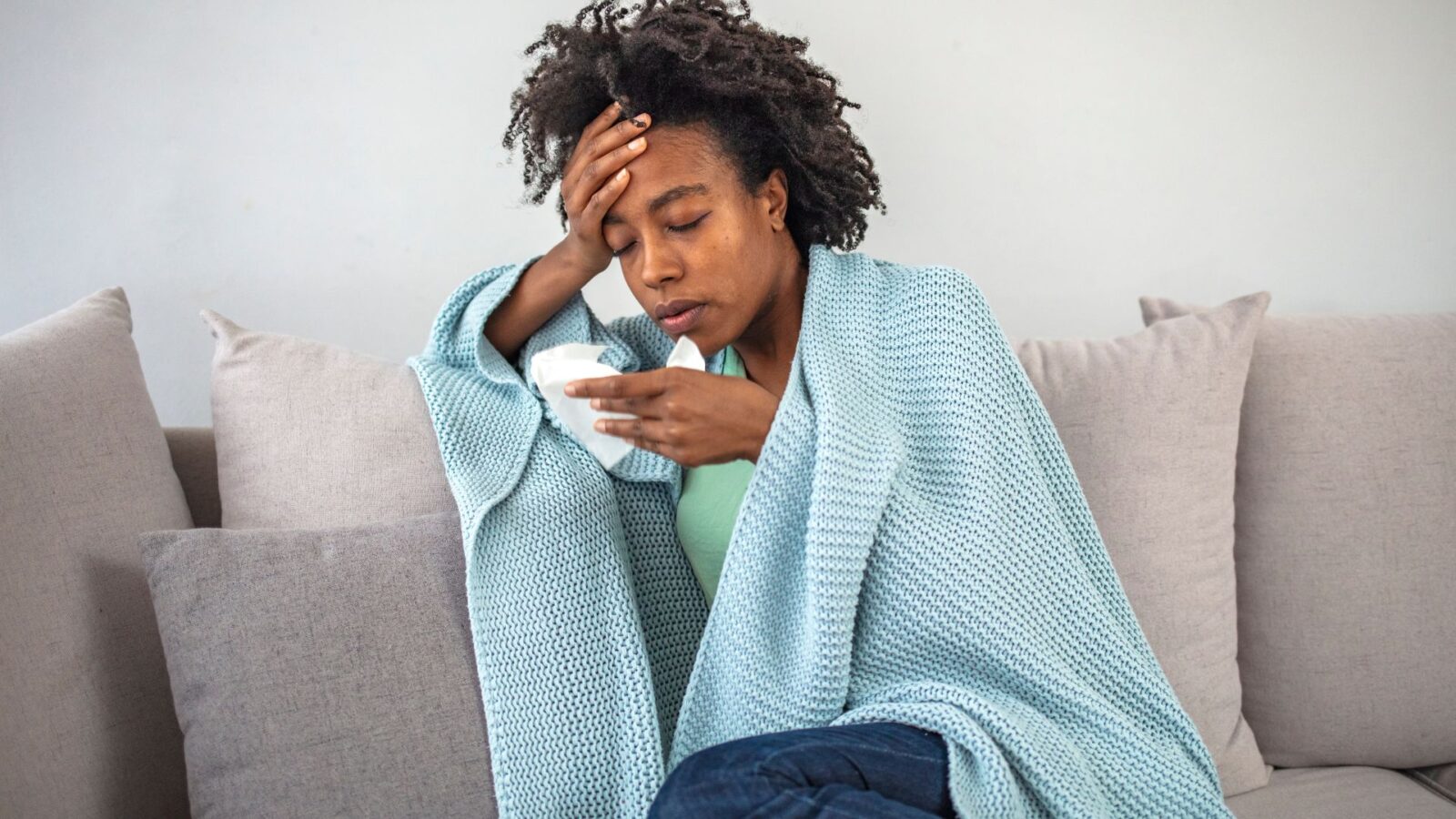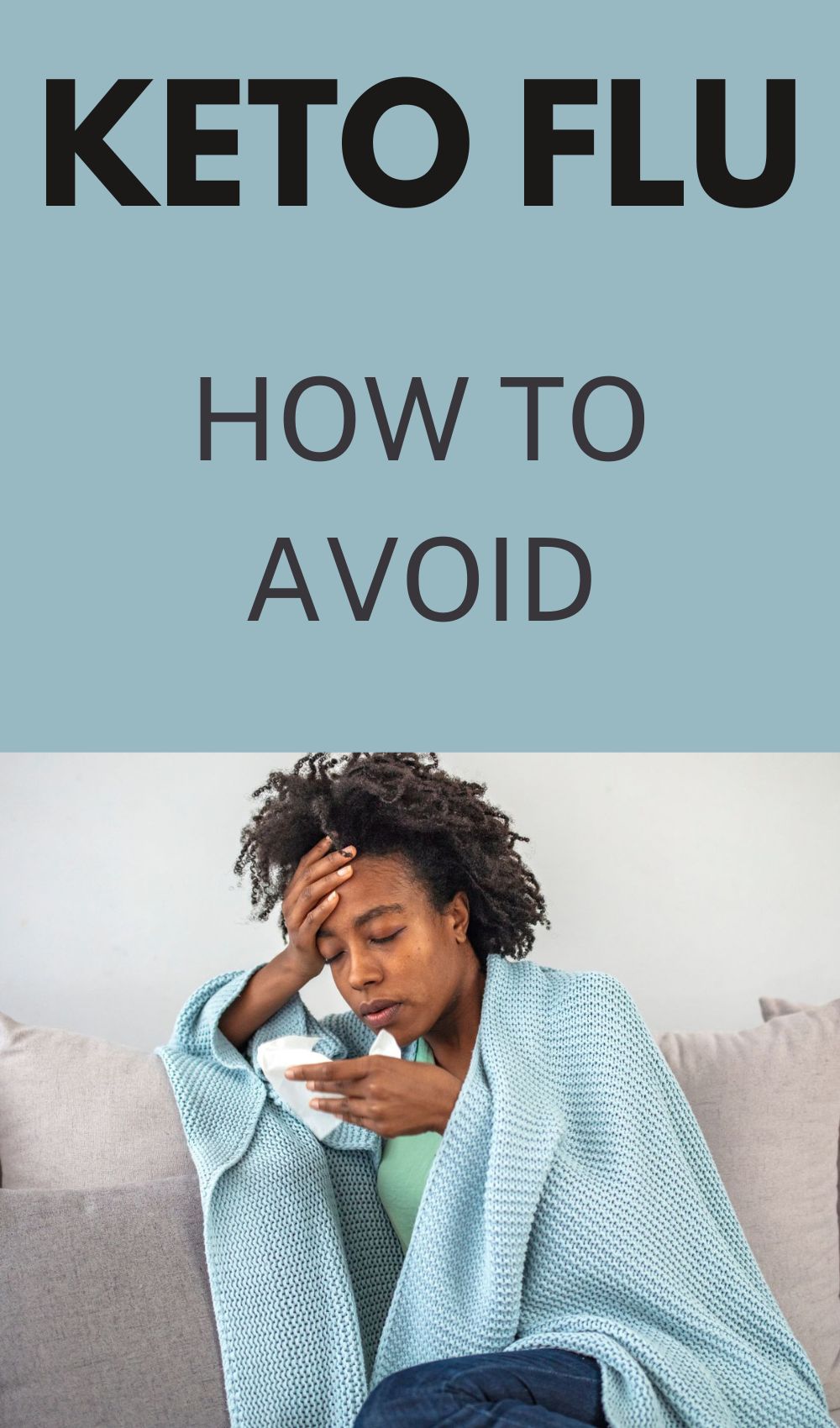How to Avoid the Keto Flu and Other Symptoms of Carb Withdrawal
We hear a lot about the keto flu when just starting the keto diet but there are quite a few other symptoms of carb withdrawal that you should be aware of. Keto flu is simply a symptom of sugar detoxing and like all the other symptoms, can be completely avoided. You don’t have to suffer from any of these symptoms at all when you transition to a low carb lifestyle.
Today I’ll discuss some of the symptoms I’ve experienced personally, the ones I’ve avoided and how to have a smooth transition every time you go back into ketosis. I cycle on and off keto based on the seasons and my travel schedule and so I’ve picked up a few tricks to slip back into ketosis without any ill effects.
Let’s talk a little about what happens when the body enters ketosis.
What Is Ketosis?
We typically get energy to fuel our bodies from carbohydrates, which includes foods like rice, bread, pasta, and other grains, along with fruit, sugars, and vegetables. When carbohydrates, specifically starches and sugars enter the body they are broken down into glucose. The hormone insulin then steps in to remove glucose from the bloodstream and the body either uses it for energy or stores any that is unused.
Any glucose that is not immediately used as fuel will be sent to the liver and muscles to be stored as glycogen as a fuel reserve, and any unused glycogen in the muscles, such as through exercise or energy expenditure turns to stored body fat. For people with a carb sensitivity or those with insulin resistance, it’s a grim outlook that can lead to obesity and type 2 diabetes.
High carb diet = high glucose in the blood = high insulin = high amounts of body fat
An alternative source of fuel for the body is its own body fat. In order to trigger this process, the intake of carbs is limited, and their sources controlled. The body then enters a state called lipolysis, the most efficient biochemical pathway to weight loss and a scientifically proven alternative to the body using or needing glucose for energy.
Lipolysis occurs as the body begins to burn its own fat stores for energy instead of carbohydrates and the by-products of this fat burning process are ketones and so ketosis is the secondary process of lipolysis.
When you eliminate carbs, the body is forced to use its fat stores instead, which literally turns into a fat-burning machine. Ketones are the byproducts of ketosis and provide fuel for the body.
The only true exception to the body not needing glucose for fuel is ketones. Ketosis not only provides adequate energy for the cells within the body, it also fuels the brain and other organs just as glucose from carbs does. BUT, unlike what may occur during the use of glucose, ketosis does not store fat, and actually allows the body to burn stored fat for fuel.
For the body to enter lipolysis and start producing ketones, carbohydrates need to be limited to a minimum of 50g per day. Everybody is different and some will need to go even further to consuming only 20g of carbs per day or less in order to enter into a state of ketosis.
What is Carb Withdrawal and is it the Same as the Keto Flu?
I like to interchange the terms keto flu and carb withdrawal because truly, the keto flu isn’t like the flu at all. It’s what happens to your body as it detoxes from sugar and carbs and begins transitioning to fat as a source of fuel.
The “keto flu” is therefore a label given to a set of carbohydrate withdrawal symptoms that may occur in people who start a low carb diet that results from altered hormonal states and the electrolyte imbalances that may occur with it. In other words, it describes a cycle in the body adapting to a newly started low carb diet. Learn how to make your own keto electrolyte drink to replenish these electrolytes.
Keto stands for ketogenic, a very strict low carb eating plan. The term should really be “low carb flu” since the ketogenic diet is not the only low carb plan.
As your body begins to burn fat, it’s a big change from getting the majority of its energy from carbs. The symptoms of the keto flu can vary, but there are several common ones.
What are the symptoms of carb withdrawal?
No two individuals are alike, so the symptoms can range from nothing to mild to a full-blown condition, and include
• Lightheadedness
• Nausea
• Fatigue
• Mental fog
• Cramps
• Headaches
• Diarrhea
• In some extreme cases, high blood pressure and arrhythmia
You might experience nausea or upset stomach.
Some people go through brain fog and feel like they have trouble making sense of things or can’t focus. You may go through bouts of diarrhea or have constipation. Carb withdrawal can cause muscle pain as well as mood changes such as anger or irritability.
People who experience keto flu after going on a low carb diet sometimes believe that they are suffering due to the diet they are on and carbs are actually good for health after all. However, this only shows how dependent they have been on carbs, as their body is now violently trying to survive without carbs and sugary substances.
In truth, carbs, especially refined carbs that come from processed food, sugar, sugary foods, and drinks is at epidemic levels, and carb addiction is rampant in the United States and other parts of the world. It’s not your fault, those carbs are everywhere, congratulate yourself on making changes for the better with a low carb diet!
How Long Does Carb Withdrawal Last?
The duration for carb withdrawal aka the keto flu varies for each person. It’s sometimes referred to as the 24-hour flu because it commonly lasts for only the first day of carb withdrawal.
Some may have slight and even unnoticeable symptoms for a day or two, others might have an over the top symptom for a week or more, it really depends on how quickly your body adapts to a reduction in carbs.
While it can feel like the symptoms will never end, they will, once your body has had time to adjust in a couple of days. Once keto flu is over you can expect a huge surge in energy levels, and once that sugar habit is fully kicked, often people feel better than ever.
How to Avoid the Keto Flu
Even knowing that eating healthy is better for your body and how much the keto diet can help you, no one wants to go through the keto flu.
It’s best to avoid keto side effects and you can, if you practice a few precautions.
Lack of electrolytes in the body is one of the major causes of keto flu. Electrolytes are the minerals found in the body and they affect its water content, the acidity of the blood and functionality of the muscles. Additionally, low carb diets feature lower insulin levels that can signal the kidneys to discard excess water, making you drink more and this results in flushing out electrolytes, where sodium, potassium and magnesium deficiencies can occur. You will have to replenish them by using supplements and food.
You have to make sure that you have the right minerals in your diet to ward off the side effects of low carb diets. One of the reasons that some people get dehydrated and end up with the keto flu is because the lower carb amount cuts out too much of their salt intake.
To remedy this, try to always have bone broth on hand to sip daily, especially in the first few days of keto. I love this quick and delicious brand of keto bone broth to help balance my nutrients on keto. This will make you feel much better, and the broth is soothing if you begin suffering from any physical ailments.
You’ll also want to increase your salt intake. Normally, the average diet is overloaded with salt, but a ketogenic diet eliminates refined and processed food and focuses on eating whole real food so when you start keto you will naturally reduce salt intake, which reduces water retention. Since a low carb diet is naturally diuretic, there is no need to worry about water retention.
Bottom line, when starting the keto diet and through its duration, you’ll want to ensure that you replenish your electrolytes daily and include the minerals salt, magnesium and potassium in your diet. I do so by taking this supplement daily which is in the form of an electrolyte drink.
I also take a probiotic daily as well as I have in the past suffered from keto constipation during my carb withdrawal period. This is the brand I am currently taking to help me stay regular while keeping my gut healthy.
Following these guidelines will see you avoiding most keto flu symptoms and getting into ketosis quickly to enjoy the benefits of the ketogenic diet without any painful side effects.







